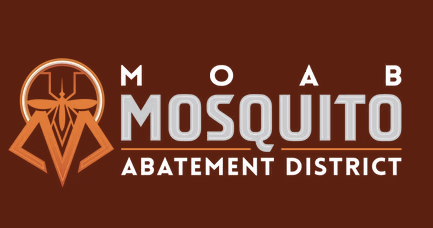Some information may be outdated.
Schools opened on Aug. 20 in San Juan County after detailed preparations to accommodate students in their Mountain Region (including Monticello and Blanding) and River Region ( including Monument Valley, Montezuma Creek, Navajo Mountain and other areas on the Navajo Nation).
“We put a lot of thought and strategic planning going into our reentry plans, and I think what we’ve seen is evidence that they were effective,” said San Juan County School District Superintendent Ron Neilson.
For students on the Navajo Nation, tribal leadership issued a health order stating that all students must receive 100% virtual instruction this year to prevent the spread of COVID-19.
Many areas on the Navajo Nation have limited internet access, so the school district has partnered with California-based company Solectek to bring more accessible internet connection to students living in the rural River Region. In the Mountain Region, approximately 80% of students have opted for fully in-person instruction.
As much as 35-40% of the SJSD’s teachers also live on the Navajo Nation and will be teaching virtually from their homes. The school district provides housing for many teachers living in Monument Valley and Montezuma Creek.
In addition to the health order, a survey of parents in the River Region of the SJSD reported that 95% of parents and 100% of tribal leaders also desired fully virtual instruction.
“Most districts are just dealing with Governor Herbert and the state health department, but there’s an additional step that has to be taken in our district because we do have a large portion of our students on the Navajo Nation,” Nielson explained. “In recent years, we’ve worked very collaboratively with the Navajo Department of Diné Education, and that relationship has been very healthy and effective during the pandemic.”
With the increase in virtual instruction, internet connection has become a priority for the school district. State legislators have allocated $4 million toward this project, which will allow school-issued Chromebooks to access school WiFi from the Navajo Nation.
“The school district has, by far, the strongest internet signal of any available provider in those areas,” Nielson continued.
The superintendent expressed hope that a high percentage of students on the reservation will have internet access by the end of the year.
Though no students on the Navajo Nation are attending school in-person, buses still run throughout the area to deliver lunches and other educational supplies.
“Without a doubt, the reservation has been more proactive and restrictive with their health orders,” said Nielson. “But they’re very reasonable, and we understand where they’re coming from.”
Different methods of instruction, summer preparation, increased safety measures
Starting in June, the SJSD developed three different curriculum options, trained teachers on using the Canvas platform for virtual learning and implemented stringent COVID-19 precautions.
“We put a lot of work into establishing our own virtual school and purchased curriculum so we are not losing any Weighted Pupil Unit money,” Nielson continued. “What we have done to prepare for this school year really paid dividends. We spent a good percentage of our CARES Act money in this area.”
In-person instruction will be an “as close to normal” experience for students and will include extra safety precautions as recommended by state, local and tribal health departments.
“I’ve been in the schools multiple times in these first few weeks, and I’ve come to the conclusion that the mask-wearing is much easier for the students than it is for adults,” Nielson joked.
In the event of a COVID-19 outbreak, SJSD will communicate with the Navajo Nation, San Juan County and Utah Health Departments and transition to virtual learning.
Students on Navajo Nation must attend online
Appreciate the coverage? Help keep local news alive.
Chip in to support the Moab Sun News.



